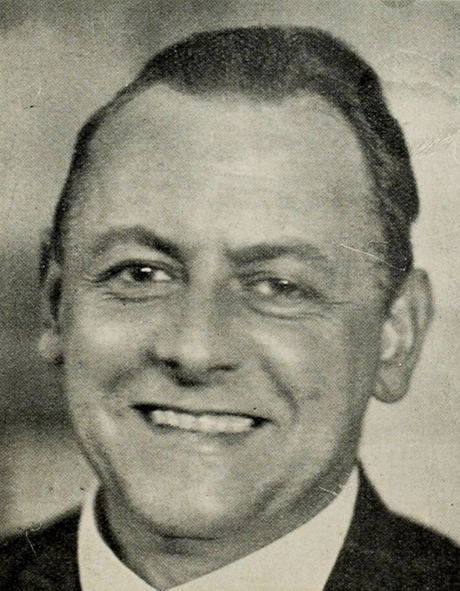
Kurt Schwitters
Kurt Schwitters was a versatile artist who explored a multitude of genres and media throughout his career, ranging from Dadaism and Constructivism to Surrealism, poetry, sound, painting, sculpture, graphic design, typography, and installation art. However, he is perhaps best remembered for his pioneering work in collage, particularly his iconic creations known as "Merz Pictures."
Biography of Kurt Schwitters
Kurt Schwitters was born in 1887 in Hanover, Germany. After studying art at the Dresden Academy alongside notable artists such as Otto Dix and George Grosz from 1909 to 1915, Schwitters returned to Hanover to embark on his artistic career, initially exploring post-impressionist styles.
At the time of World War I, Schwitters' artistic style evolved, gradually adopting a distinctive expressionist tone. Despite the upheaval of wartime, he continued to refine his craft, eventually gaining recognition for his work.
In 1915, Schwitters married his cousin Helma Fischer, and their family grew with the birth of their son Ernst in 1918. Schwitters' artistic reputation expanded as he exhibited his semi-abstract expressionist landscapes at Der Sturm Gallery in Berlin, leading to encounters with avant-garde figures like Raoul Hausmann and Hannah Höch.
During this period, Schwitters began to experiment with abstract collages. He coined the term "Merz" to describe his collage technique, which involved incorporating found objects and materials into his art.
By the end of 1919, Schwitters had established himself as a prominent artist, showcasing his work in solo exhibitions and gaining attention for his nonsensical love poem "An Anna Blume." Although he sought to join Berlin Dada, his links to Expressionism led to rejection. Nonetheless, Schwitters integrated Dadaist principles into his work, albeit with less political fervor than some of his contemporaries.
In 1922, Schwitters participated in Dada performances in the Netherlands, further expanding his artistic horizons. The concept of Merz evolved beyond collage, encompassing sculptures, sound poems, and installations, reflecting Schwitters' attempt to make aesthetic sense of the world.
Throughout the 1920s, Schwitters' work took on a more modernist spirit, influenced by Constructivism, and he gained recognition as a typographer. However, as the political climate in Germany deteriorated under the Nazis, Schwitters faced persecution, with his work labeled as "Degenerate Art."
In 1937, Schwitters began a second Merzbau in exile in Lysaker, Norway, which was sadly destroyed during World War II. Interned in various camps in Scotland and England, Schwitters continued to create art prolifically, producing over 200 works during his internment.
After his release in 1941, Schwitters settled in London, where he continued to innovate, collaborating with fellow artists and exploring organic elements in his work. However, his health declined, and he suffered a stroke in 1944.
On January 8, 1948, Kurt Schwitters passed away from acute pulmonary edema and myocarditis, leaving behind a legacy of artistic experimentation and innovation that continues to influence contemporary art.
Kurt Schwitters: A Trailblazer in Artistic Innovation
In 1919, Schwitters pioneered his unique form of collage, which he named Merz, a term that extended to encompass all his creative endeavors, including poetry and performances.
Encountering Expressionist artists in Hanover after 1916, Schwitters found inspiration to cultivate his distinctive style, marking the beginning of his artistic journey during which he produced some of his most notable works. During this time, Schwitters created his inaugural collage, likely influenced by the work of Hans Arp. This was followed by assemblages constructed from discarded materials, such as one featuring the four letters "MERZ," appropriated from an advertisement for the Kommerz and Privarbank.
Immersed in avant-garde circles, Schwitters found himself amidst European Dada groups, the Bauhaus movement, and the emerging generation of Constructivists from Eastern Europe and the Netherlands. He allowed his imagination to soar, engaging in experiments across various artistic mediums, including multimedia, cabaret, poetry, and photography. By 1922, he had become associated with the International Constructivism movement, embracing its principles of utilizing primary colors and geometric forms.
Years:
Born in 1887
Country:
Germany, Hanover
Gallery:
Helly Nahmad Gallery
Bernard Jacobson Gallery
Galerie Knoell